Super Stock Duality
With the introduction of the Dodge Challenger SRT® Super Stock last year, the brand reaffirms its position as the king of the drag strip. This 6.2L HEMI® engine-powered machine can travel the quarter-mile in 10.5 seconds while making the Nitto drag radials work overtime trying to plant all 807 horsepower to the pavement. Yes, this is a serious machine worthy of the “Super Stock” moniker bestowed upon it. To fully appreciate and understand the origins of its Super Stock name, whose roots are firmly planted in the hollows of drag racing lore, we need to go way back and examine this class. It has had a major impact on the sport while Dodge and Plymouth muscle cars would dominate it through the decades.
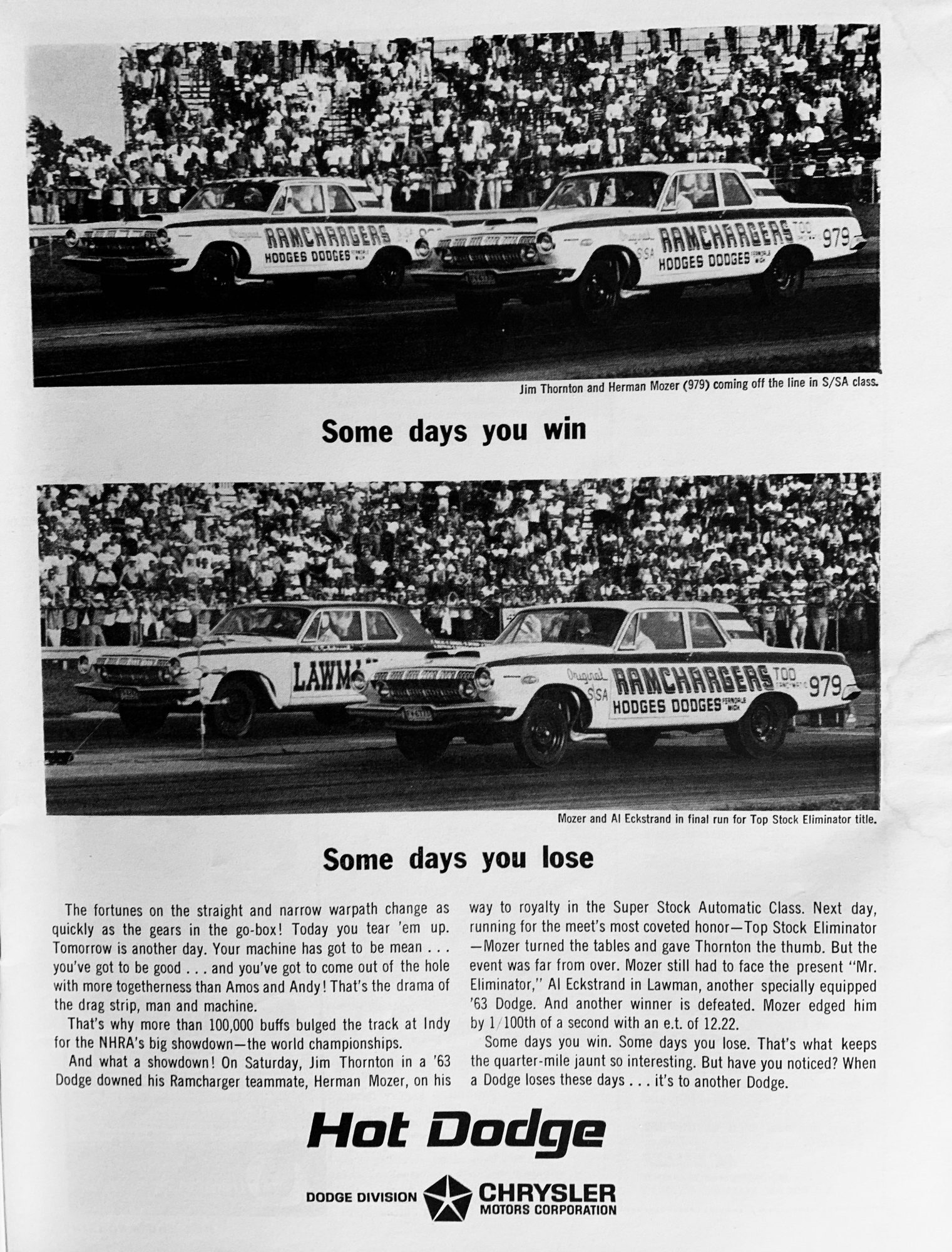
The origins of the Super Stock class began in the early 1960s as the Detroit automakers got serious about horsepower. As the sport of drag racing was gaining traction, especially among young enthusiasts, NHRA and other racing sanctioning bodies saw the need to create a class based on the numerous current production vehicles coming through the gates looking to compete. Because this was the age of hot rodding and a growing speed equipment industry, NHRA allowed limited engine and chassis modifications in Super Stock. Remember, the emphasis was still on “Stock” and that piqued the interest of the factories to be more active in getting more involved in the sport and to offer bigger and better engines and performance options. If you wanted to reach your target audience of performance car buyers, the drag strip is where you wanted to be. And yes, we’ve all heard the old cliche “Win on Sunday, Sell on Monday” a million plus times over the last 60 years, but never was this truer than in the 1960s when Super Stock showcased the latest Motor City muscle.
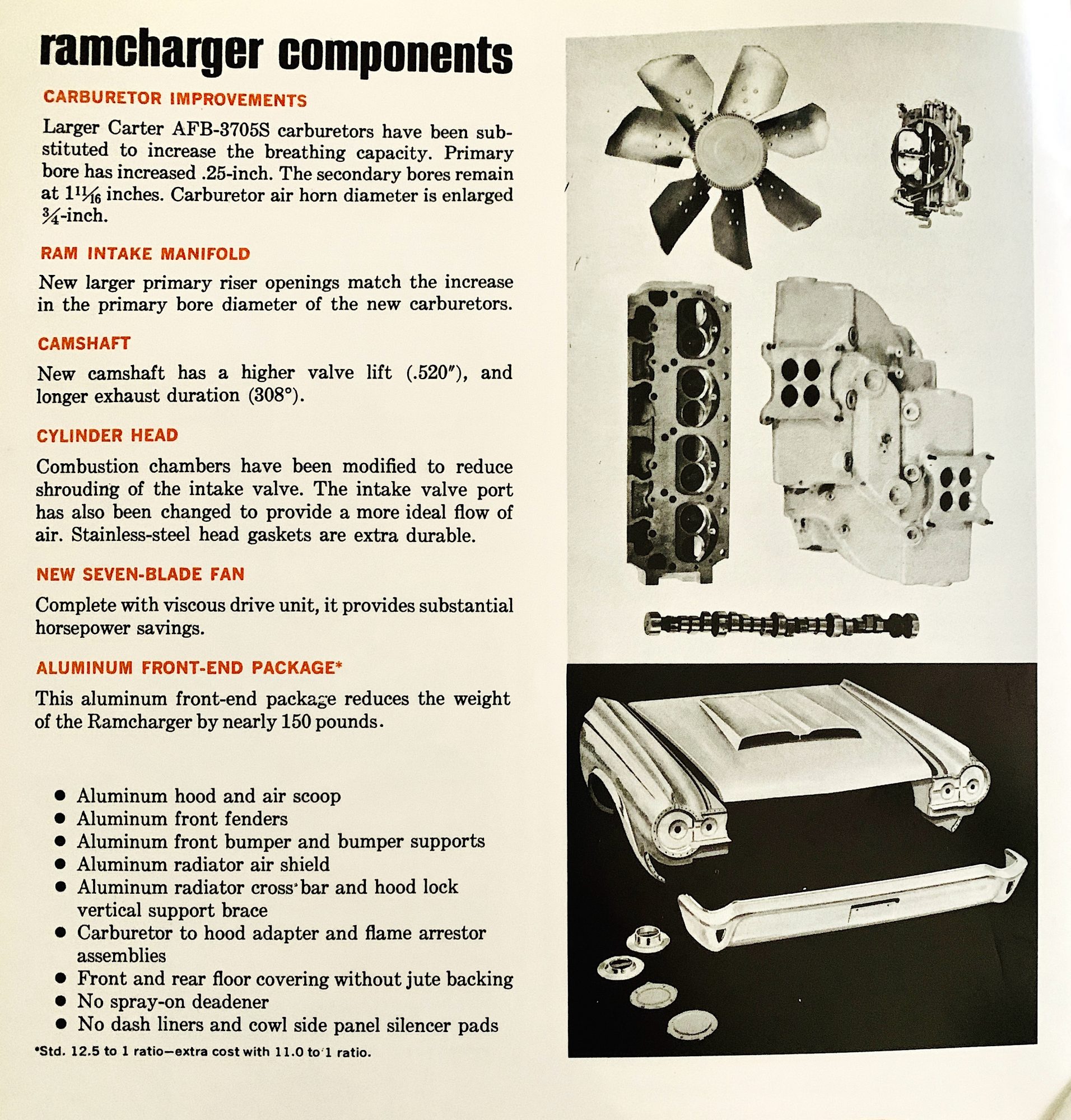
Dodge and its sister division Plymouth wasted no time and saw the opportunity as early as 1962 to produce a package for Super Stock. As a move to shake off its “stodgy” and lackluster image among youth, both brands went all in with the introduction of the 413 Max Wedge. With a crossram intake, a pair of Carter AFB carbs and an aggressive mechanical camshaft, this engine meant business. It was a purpose-built engine designed to go fast by Chrysler engineers who just happened to be gearheads with a stout understanding of drag racing. The Beach Boys may have glamorized Chevy’s 409 engine in song, but in reality, it was a dump truck engine adapted for passenger car use.
When faced with real competition, the 409 Chevy came to a screeching halt against Mopar®’s mighty Max Wedge. Soon, the word spread like wildfire and by 1963, the Max Wedge grew to 426 cubic-inches and so did the horsepower. This engine package was dubbed “Super Stock” in the Plymouth Savoy/Belvedere/Fury lineup and “Ramcharger” in the Dodge 330/440/Polara models. With numerous wins, and championships in the Super Stock class, Chrysler secured its place in drag racing history. And while the engine could be deemed radical by nature, it was still a production piece and totally legal for competition in Super Stock. While the competition tried creating some “one-off” combinations to sneak into the class, Chrysler played by the rules and offered the Max Wedge engine as a regular option across their mid-size vehicle platform.
When the mighty 426 HEMI engine arrived on the racing scene in 1964, it was also dubbed “Super Stock” and “Ramcharger” in the Plymouth and Dodge Brand vehicles it occupied. Once again, the NHRA Super Stock class showcased the latest high-performance hardware Detroit was offering to grandstands packed with ravenous brand-loyal gearheads looking to purchase a fast set of wheels. During the 1960s, HEMI engine-powered Mopar vehicles turned on many win lights in the Super Stock class and once again, the Ford and Chevy camps were forced to pull up their stakes and look for another class to compete in. While NHRA relaxed the rules in Super Stock for 1964, the cars still had to be built on an assembly line using production components and much of their equipment like wipers, headlights, etc., had to be operational.
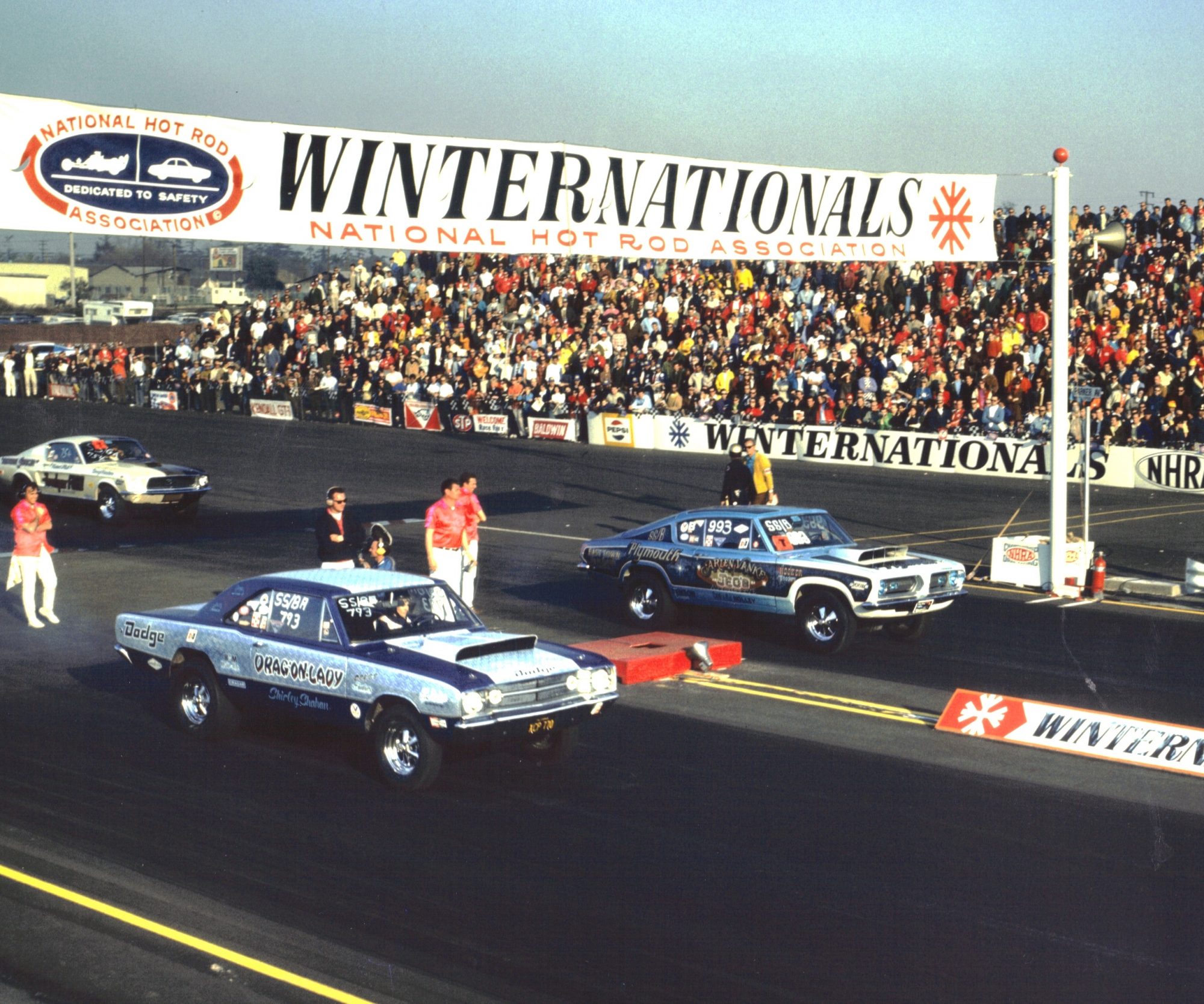
As the 1960s motored along, drag racing was evolving and so were the corporations participating in the sport. Super Stock was still the class in which automakers wanted to show off their newest muscle cars, and they demanded NHRA create more parity within the category and institute a handicap start based on an index system utilizing horsepower to weight as factors. With the muscle car movement in high gear, a heads-up class for production-based cars was no longer viable due to the variety of small and big block powered machines. In 1969, NHRA expanded its Super Stock Eliminator to eight classes – SS/A through SS/H (16 total including automatic and manual trans combinations) – based again on horsepower to weight factors. While the HEMI Darts and Barracudas ran at the top on horsepower and shipping weight, the ground-thumping 1968 Super Stock HEMI Darts and Barracudas dominated SS/B until they got moved to SS/A in 1970. These cars were the pinnacle of the factory’s involvement in the class until the advent of the Challenger Drag Pak in 2009. Without going into too much detail, the 1968 HEMI Dart and Barracuda pushed the rule book. They were built off-line and utilized lightweight body components and a mean 426 HEMI engine. NHRA rules now demanded a minimum build of 50 units to be legal for Super Stock, but racer demand was high so the total number was around 70 cars each. Meanwhile, the lower classes were perfect hunting grounds for owners of 440 Six Pack Super Bees, 340 Dart Swingers, 360 Dusters and other sedate street machines to go after the competition.
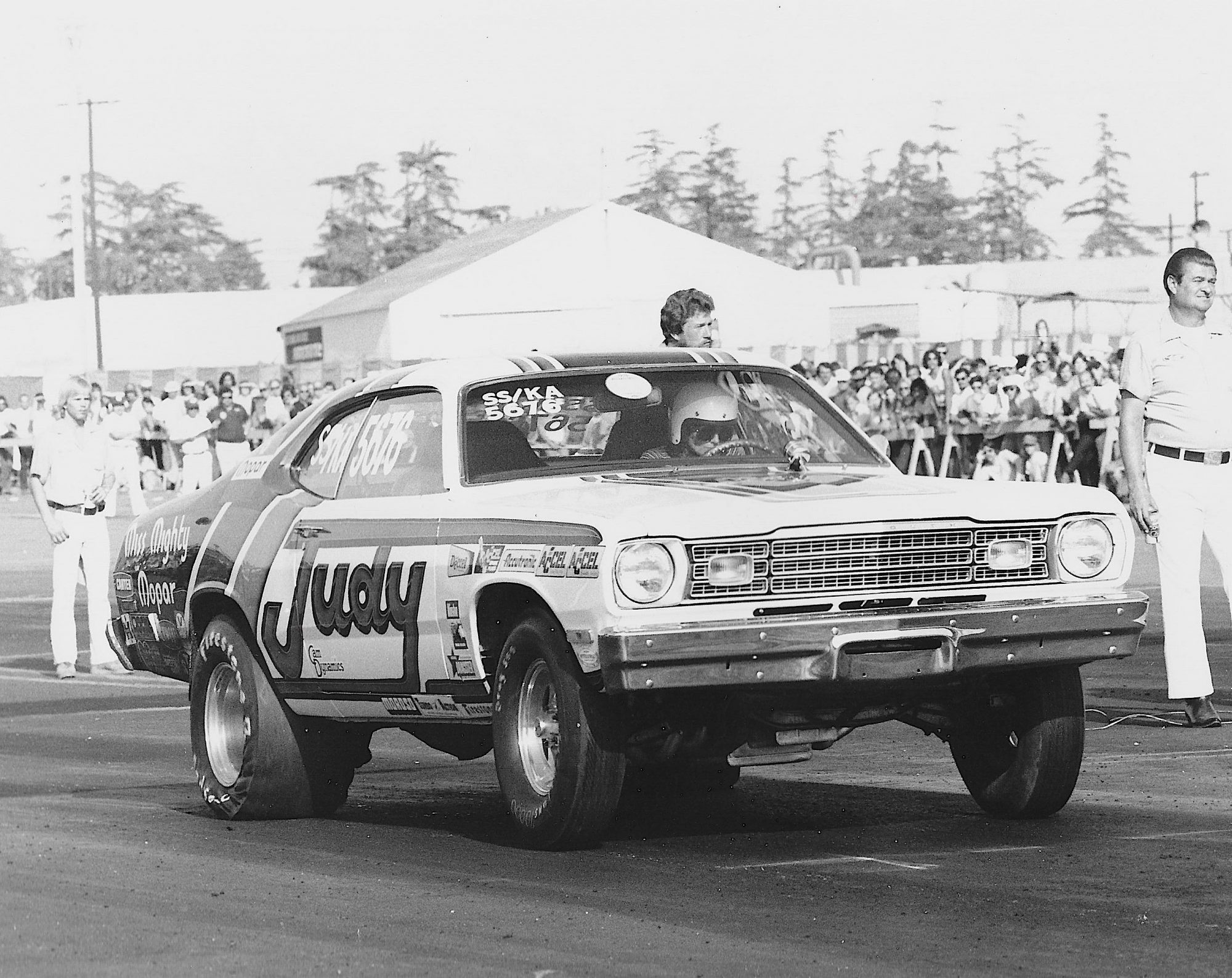
Over the decades, Dodge and Plymouth drivers like Dick Landy, Ronnie Sox, Bob Lambeck and others have won NHRA Super Stock championships. It’s only fitting that this notable class, which has been associated with some fast vehicles over 50 years, carries on today with the new Challenger SRT Super Stock.
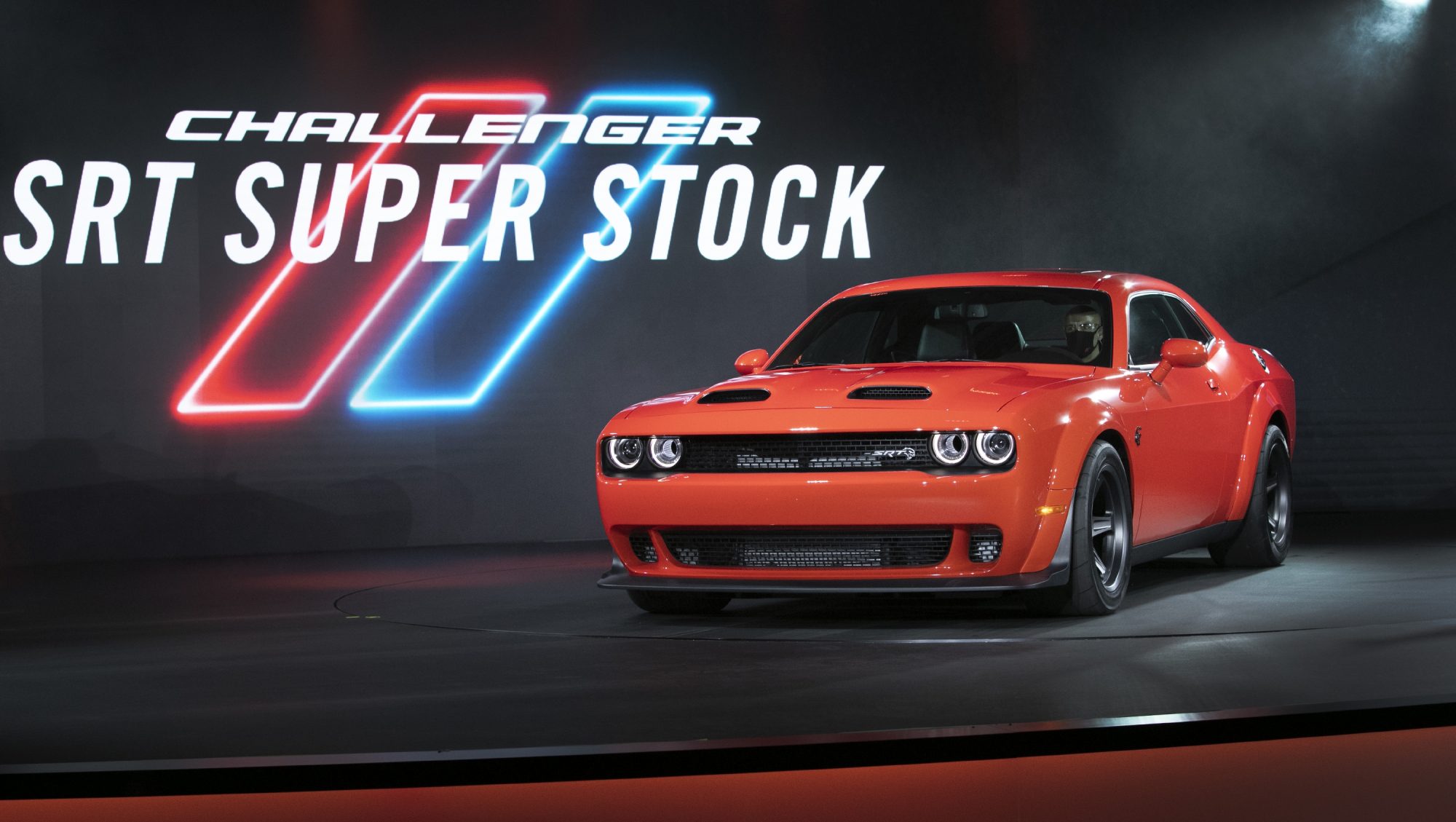
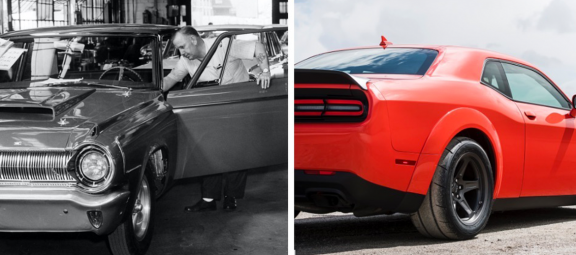
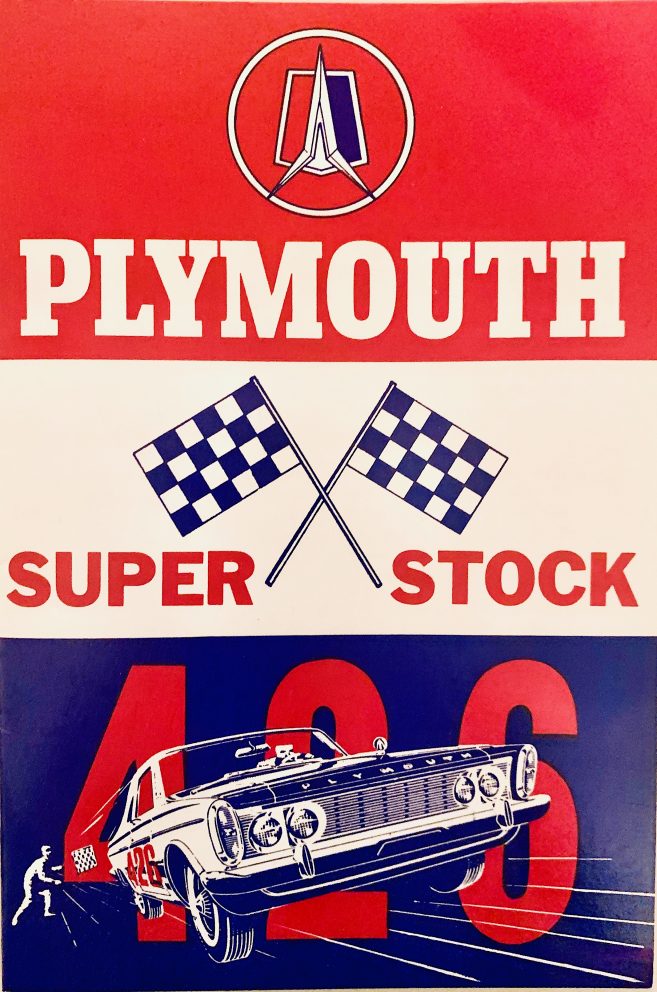
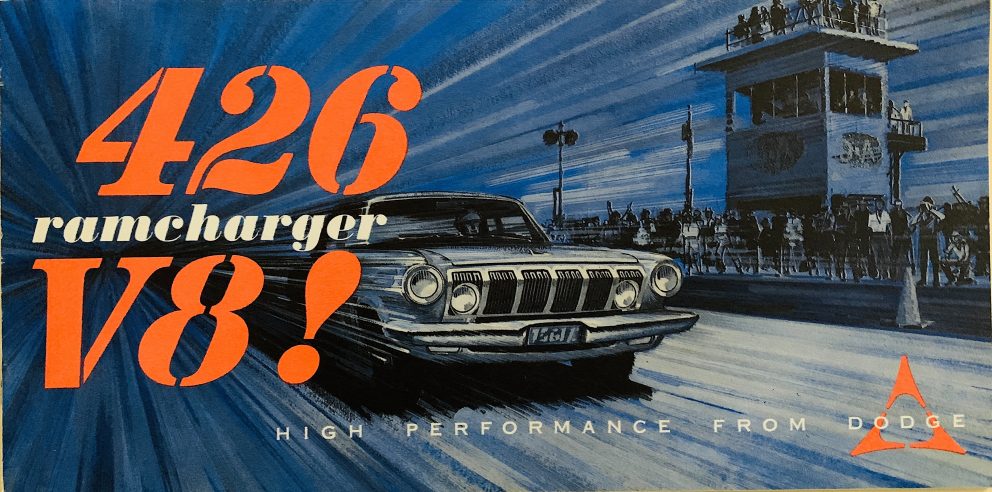
0 Comments